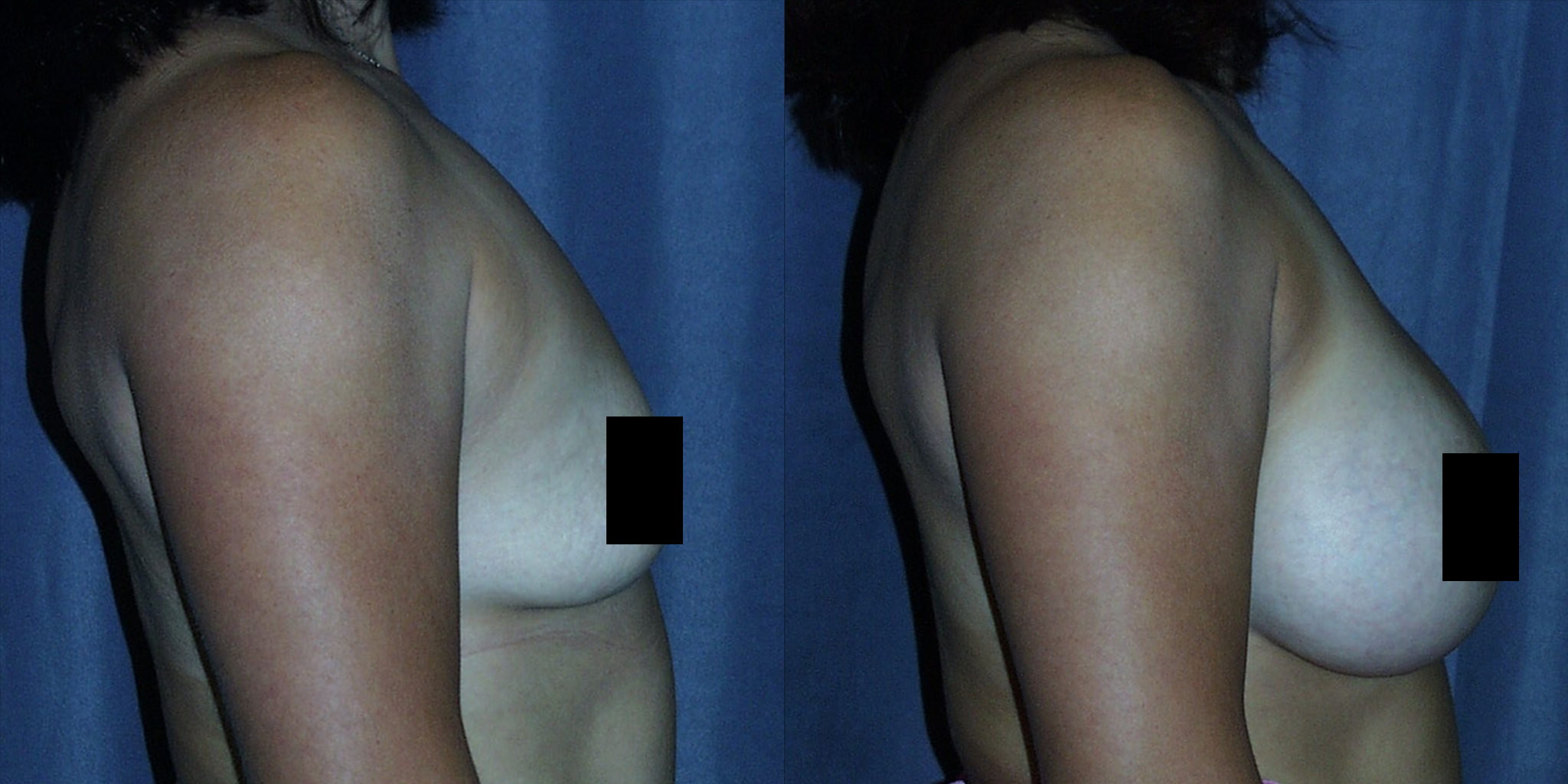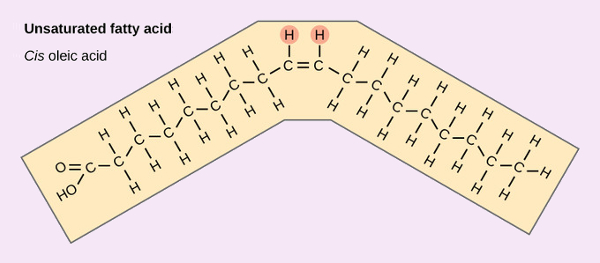Is Fat Grafting Experimental Surgery?
Fat Grafting has been around for at least 125 years, so it is not an experimental surgery. However, the amount and quality of long term data is not great in the areas of:
- the volume of fat used
- the percentage of fat take
- the techniques that improve fat take
- how fat grafts stand up over time
- how many procedures are required to get to the desired endpoint
- patient satisfaction
To better answer these questions, I encourage all Plastic Surgeons performing fat grafting, especially fat grafting for Breast Augmentation and Breast Reconstruction, and those with large numbers of patients, to voluntarily participate in collaborative fat grafting research and encourage their patients to have long term (10 year) follow-up to see how good fat grafting is.
Why More Research Is Need For Fat Grafting
The aim of Fat Grafting Research to be certain that what we are doing as Plastic Surgeons is as safe and effective as it seems. Fat Grafting has been around a long time, so it is unlikely that any new dangers will be identified; however, the current literature is lacking in large, prospective fat grafting studies. There is no standardization of how fat is harvested, processed and re-injected, and even less information is available on head to head trials of Fat Grafting outcomes compared to Breast Implant outcomes.

Breast implants replaced Fat Grafting over 50 years ago as a safe and effective means of providing or restoring breast volume during Breast Augmentation surgery.
How Research Helps
Both Fat Grafting and Breast Implants have proven track records. There is plenty of evidence about how well they work, and documentation of the problems each have. For breast implants we have good data out to ten years and beyond. Having ten year data for Fat Grafting would provide additional objective evidence of the safety and efficacy of fat grafting. This means more accurate percentages to help you make an even more informed decision. More data about various methods used for fat grafting can show if one method is superior to another and help us achieve more reliable results with fewer touch-ups.
The FDA Does Not Regulate Fat Grating … At Least Not Yet
For medications and medical devices the FDA requires proof of safety and effectiveness prior to approval. Moreover, it is becoming more common that long term studies showing on-going safety and effectiveness are required even after FDA approval. For example, all FDA approved Breast Implant manufacturers were required to sponsor 10-year, prospective studies on their products, to be certain they continue to be safe and effective. We are nearly at the end of theses studies, and no new, unexpected problems have been identified. Many plastic surgeons feel that Fat Grafting should be held to the same standard.
Recently, there have been rumors that to crack down on quacks, the FDA wants to regulate the transfer of stem cells. Stem Cell Transfer does not currently fall under FDA regulation because it is neither a drug nor a medical device, but that may change. Since fat cells contain more stem cells pound for pound than even bone marrow, it is conceivable that if stem cells become regulated, fat transfer may too become regulated. Having long term follow-up studies in hand, before the FDA requires it, will be very helpful to show regulators how Fat Grafting fits into the cosmetic and reconstructive aspects of Plastic Surgery. If you were around Plastic Surgery in 1994, you know how the lack of good data crippled the availability of breast implants for the ensuing fourteen years.
Fat Transfer is New and Natural
I am always suspicious when a salesperson tries to sell me on product buy saying that it is new or natural. If you think about it, new and natural are opposites. New products, for the most part, are man made, while natural products have been around thousands, if not millions, of years.
New and Cosmetic Plastic Surgery usually do not pair well. Most new products are gone in a year. Why? Because they don’t live up to the hype. Procedures and products that have been around a long time continue to be used because they are safe, and they work. If you are being sold Fat Grafting because it is the latest thing, you know from the information above, and the last few posts, that Fat Grafting is not new. But what about natural?
The nice thing about substances found in nature is that we have generational experience with them. As a species, we know if they are good or bad. Arsenic is natural and usually bad. Here is an example of good that continues with the fat theme of this post.
Natural Fats – Cis-Fatty Acids
Over millennia, our bodies have evolved to digest fat. Whether it is animal or vegetable, fats found in nature are easily digested and stored for energy, at times too efficiently. Fats found in nature are Cis-Fats. The “cis” designates the shape of the molecule as illustrated below.

Unsaturated fatty acids have double bonds, which cannot spin. This means there are two possible orientations. The healthy “Cis-” orientation has both hydrogen atoms on the same side causing a bend in the chain. This bend fits the shape of our natural enzymes and is easy to digest.
Unnatural Fats – Trans-Fatty Acids
Trans-fats, on the other hand, are not found in nature. When these fats are manufactured in a lab half of the fatty acid’s double bonds are the natural cis-orientation and the other half are the never seen in nature trans-orientation. Europe has banned the use of trans-fats in foods, but trans-fats, also known as partially hydrogenated fats, continue to be used in US food products despite growing evidence that digesting it is not something our bodies can do well. Think of the enzymes we use to digest fat as fitting the cis-fats like a key fitting a specific lock. Trans-fats are the wrong shape, and don’t fit well.

Trans-fats have the hydrogen atoms on opposite sides of the double bond. The result is a straighter molecule that tends to plug up our natural enzymes causing health problems. Since this shape is not found in nature, our bodies are not equipped to digest them.
Natural is Good
In the case of fatty acids, the naturally occurring cis-fats are good, while the unnatural trans-fats are bad. In chemical reactions not guided by enzymes, there is a 50/50 chance of a mono-unsaturated fatty acid, a fatty acid with a single double bond, being cis or trans. It is amazing that every animal and plant on Earth manufactures almost exclusively cis-fatty acids.
Like all good rules in nature, there are a few exceptions. Trans vaccenic acid (t-VA), found in ruminants and dairy products, may be an exception to the rule. Unlike the manmade trans fatty acids, t-VA, may lower LDL cholesterol and triglycerides. On the other hand, t-VA is also found in the orbitofrontal cortex in patients with bipolar disorder and schizophrenia. Nature, like beauty, is sometimes hard to pin down.
Natural, New, Good and Bad
So, while new is usually bad for Cosmetic Surgery, this is not a rule. All old, tried and true treatments were new at one time, but old treatments have withstood the test of time. Natural also sounds good, but natural aging, stretching, laxity or smallness are the exact problems that Cosmetic Surgery strives to correct. I worry about doctors hiding behind the words new and natural without providing good head-to-head controlled research demonstrating the advantages and problems with the procedure. Fat may be natural, but there is nothing natural about taking fat from one area of the body and stuffing it into another body part. Of course, the same can be said of Breast Implants, and that is why Breast Implants are the most studied medical device in use today.
Breast Fat Grafting – An Historical Note
When I started my practice in 1997, fat grafting to the breast was specifically listed as not covered by malpractice insurance. That is to say, if there was a problem, malpractice insurance would not cover any injuries to my patients. It was the only procedure prohibited, and its restriction was based on the past record of fat grafting, specifically with liposuction used to harvest the fat. The early results were not good.
With improving results, and appropriate informed consent, in 2008 the American Society of Plastic Surgeons removed their 20 year moratorium on fat grafting to the breasts. However, I am still very selective about who I offer to do Breast Fat Grafting. I draw a line between smaller breast defects causing indentations and complete breast reconstruction without grafting.
Smaller Breast Defects respond the best the Fat Grafting. Smaller defects are very difficult, if not impossible, to fix with other available techniques. Fat grafting can be tailored the the exact size and shape the defect, providing a better cosmetic result.
Complete Breast Reconstruction with Fat Grafting is an exciting area of treatment that is being pursued with some success. Completely reconstructing a breast with fat is difficult, and often requires multiple procedure upfront. It is not as predictable, stable and for thin patients available as we would like it to be. At this time, fat transplantation is more an adjunct to current methods of breast reconstruction, rather than a replacement. Getting sufficient fat to take reliably, requires more research, and an improvement in current techniques. Hopefully, we can get there.
Fat Grafting Consultations
I am very excited about how Fat Grafting is literally shaping cosmetic surgery. It is an important procedure, and there are aspects of fat grafting that make it very appealing for selective patients and selective procedure. We don’t know yet everything Fat Grafting can offer. On the other hand, it is not a panacea, and more research is needed for large volume fat grafting, especially to the breasts. Some proponents of fat grafting may read this post as negative, because I do list many of the problems with Fat Grafting. I am a fan of the cautious use of Fat Grafting, but overall, I have tried to keep objective.
Fat Grafting can be used for Facial Augmentation, a Brazilian Butt Lift or to fill a portion of your breast that is indented. To enlarge a normal, but small breast, breast implants are still the best option in most cases. Our San Francisco Bay Area Plastic Surgery office is open weekdays 9 AM to 5 PM. If you would like to schedule a consultation appointment for Fat Grafting, Breast Augmentation or any of the other Cosmetic Plastic Surgery procedure we offer the San Francisco Bay Area, please give me a call at (925) 943-6353.